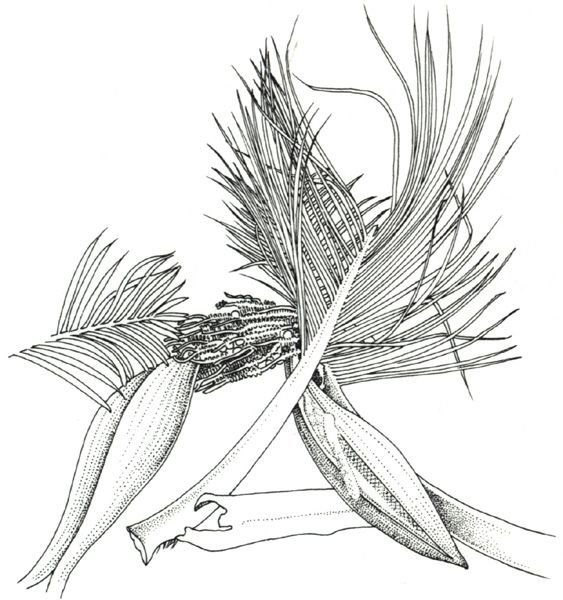Advertisement
Ingredients and Techniques
Appears in
By Sri Owen
Published 1994

Indonesian words which are explained in the text may not be listed here but usually can be found in the Index.
I have assumed that my readers will be more familiar with English than with Indonesian; therefore, explanations and instructions accompany English headwords (e.g. TAMARIND) and the Indonesian word (ASAM) is simply cross-referenced to the English equivalent. However, if there is no commonly used English form, the Indonesian word is used as the headword (e.g. JENGKOL).
Pronunciation. Indonesian c is always pronounced like English ch in Church; j is always as in judge. A final k is a glottal stop. The letter e has two pronunciations: ‘strong’, as in English pen, and ‘weak’, as in open. In this Glossary, every ‘strong’ e in Indonesian words is marked with an accent, e.g. kedelé (pronounced k’d’lay). (But note that in modern printed Indonesian no accents are used.)

